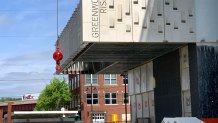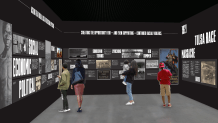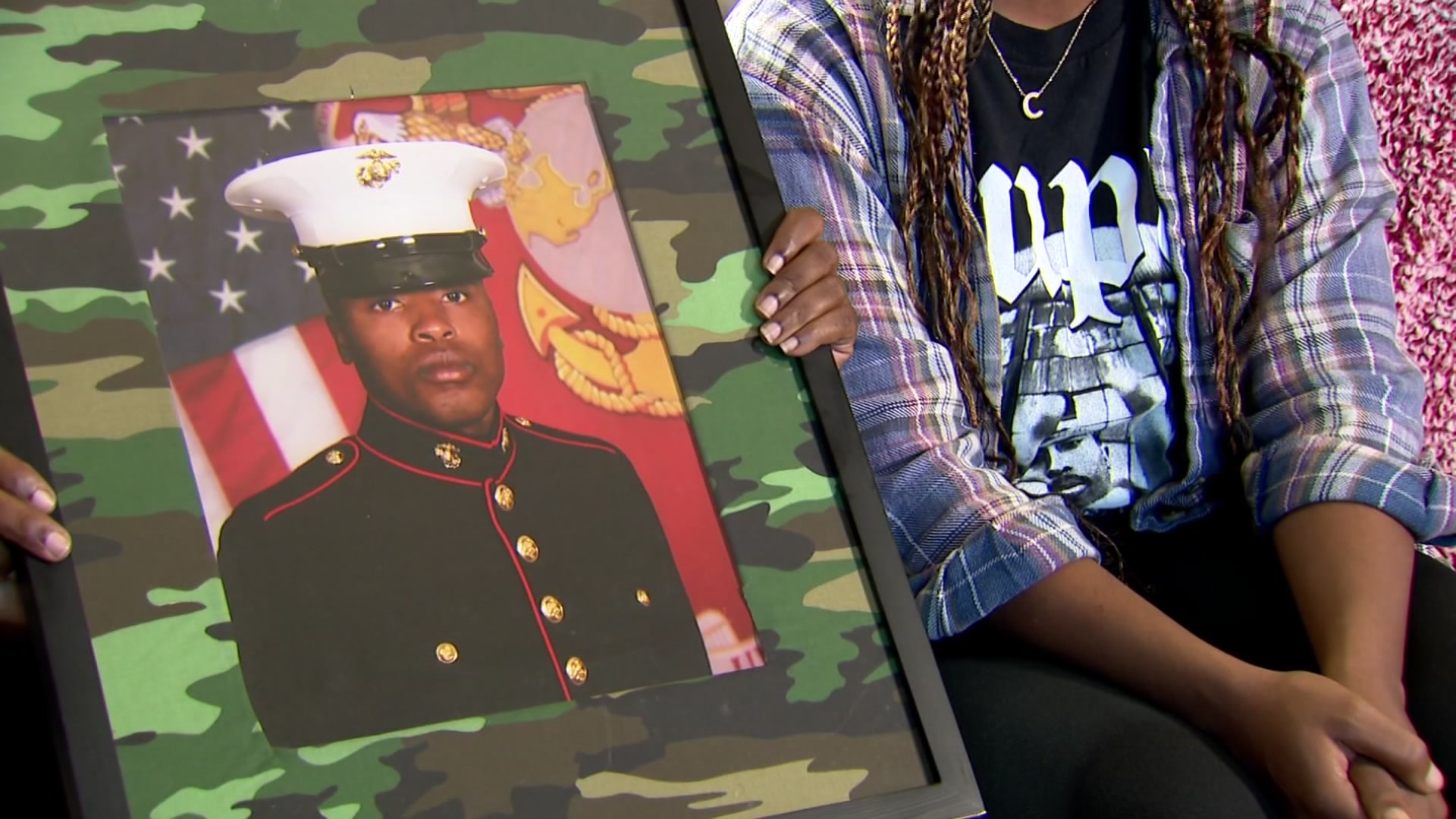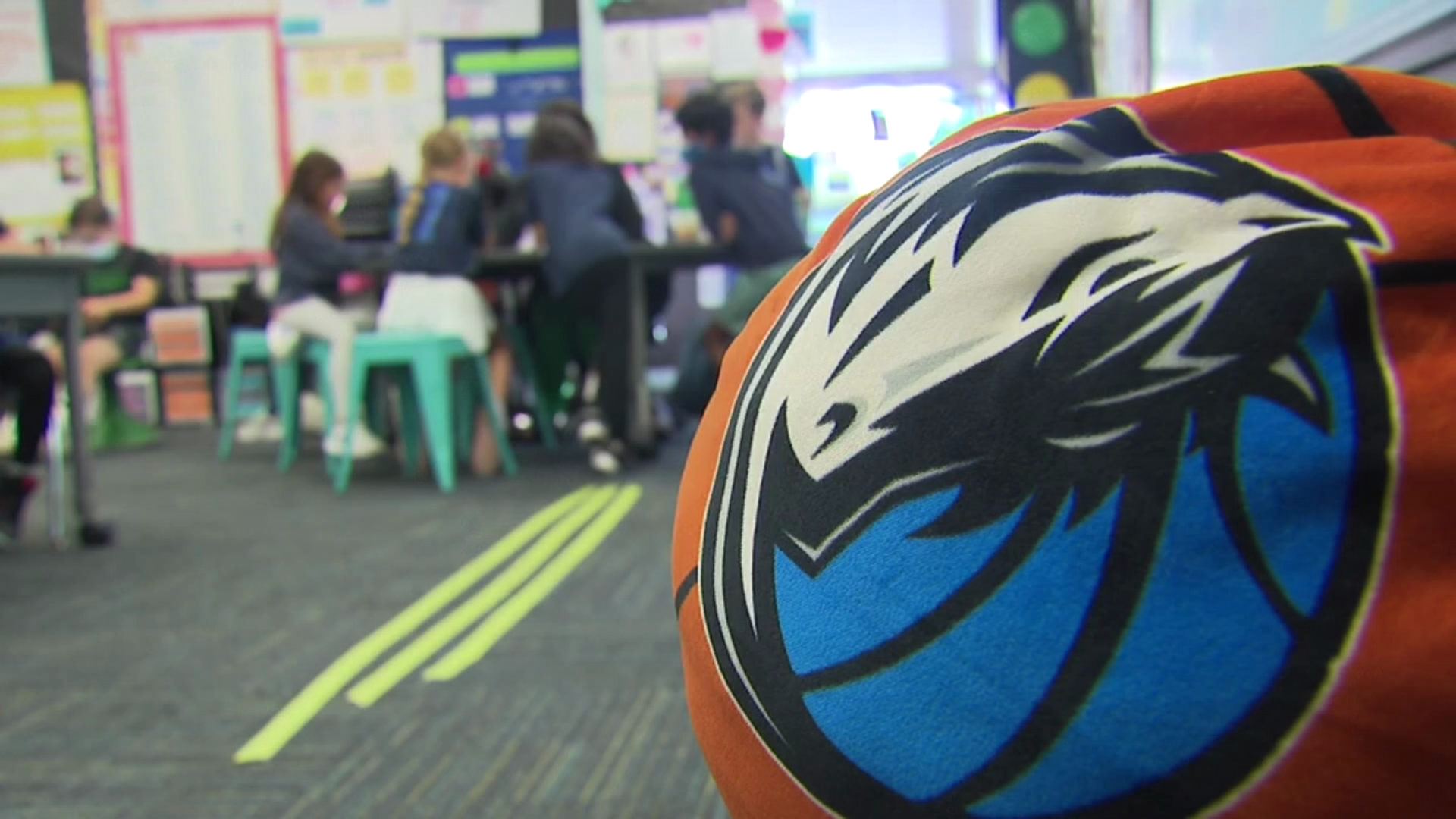The historic Greenwood Avenue in Tulsa, Oklahoma, which was known as Black Wall Street back in the 1920s, is only a sliver of what it once was.
There is new construction all around the one block that is left. But, one new building under construction, the Greenwood Rising History Center, is dedicated to preserving the legacy of Black Wall Street.

“To think about all the hopes and aspirations people had as they flocked to Oklahoma either by choice or by force and to think about the beliefs people had in Greenwood specifically to stay here post-massacre all of those emotions flood into me,” 1921 Tulsa Race Massacre Centennial Commission Cultural Tourism Chair Brandon Oldham said.
Get DFW local news, weather forecasts and entertainment stories to your inbox. Sign up for NBC DFW newsletters.
“This museum is going to be the full immersion experience for what it means for Greenwood to rise,” Oldham added. “From its beginning in the early 1900s, for the growth experience that it went through in the boom in the ’20s, to understanding its early destructions were.”

Oldham describes the museum as being state of the art that will take visitors on a true journey.
Local
The latest news from around North Texas.
“There moments in the museum where you feel the heat of the flames of 1921,” Oldham said. “There are moments you feel and see really what the hope was in terms of how people were living. You’ll see the aspirations and dreams play out.”
In the 1920s Black Wall Street was more than 35 blocks of thriving Black-owned businesses. Today only 10 of the historic buildings are still standing and about 30 African-American-owned businesses.
Oldham hopes the history center will inspire young people.
“You think about what this means and how it draws traffic here to the area, but you also think about what it means as far as inspiring the next generation of entrepreneurs who are thinking about how they can contribute to their community,” Oldham said.
Oldham added the Greenwood Rising History Center will honor the families and descendants of the massacre. At the same time, he says it will also serve as a pathway to reconciliation.
“All the way back from how Black Tulsans arrived here or should I say Black people arrived here in Tulsa,” Oldham said. “As well as all the way through the different phases of Greenwood to where we are today and also thinking about what are those conversations that need to happen for us to move forward.”
Greenwood Rising History Center plans a grand opening in July.
To learn more about the history center click here.



